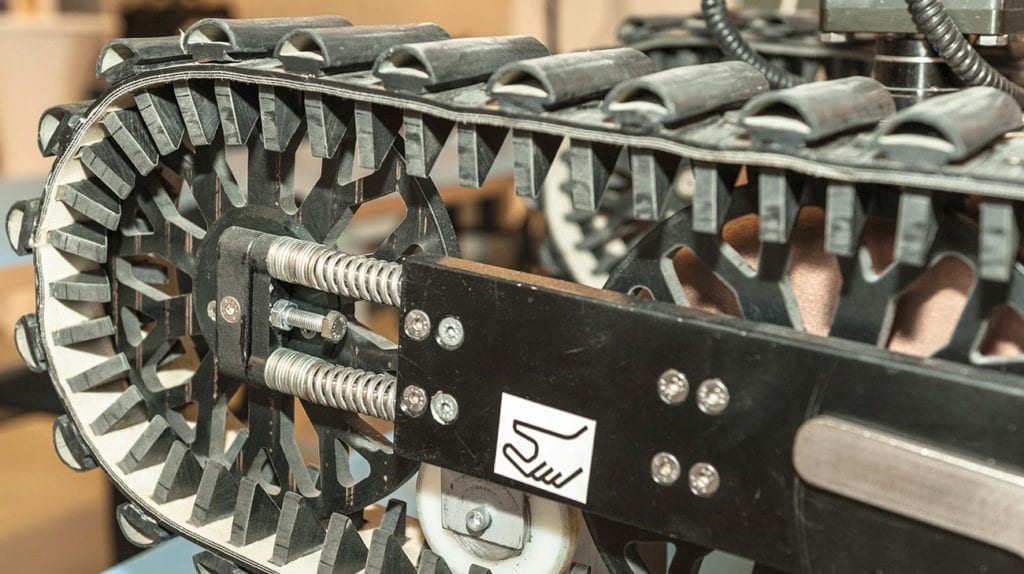Robots could soon be working autonomously alongside humans on a North Sea platform as part of a world-first project from the Oil & Gas Technology Centre, Total, and Taurob, in partnership with Technische Universitaet Darmstadt (TU Darmstadt).
The 18-month project will develop and try a mobile robot for autonomous operational inspection of facilities on Total’s onshore Shetland Gas Plant and offshore Alwyn platform.
“Total believes that robots have the potential to play an important role on offshore platforms,” said Dave Mackinnon, head of technology and innovation for Total E&P UK. “We are on the cusp of delivering technology that will improve safety, reduce costs, and even prolong the life of North Sea operations. Robots represent an exciting new paradigm for the oil and gas offshore industry and Total is proud to be part of it.”
The trial is the first time an autonomous ground robot will be used in an operational oil and gas installation. The landmark project could start a revolution in robotics offshore that improves safety, enhances productivity, and reduces costs.
The Technology Centre and Total are developing the robot with Austrian manufacturer Ttaurob and TU Darmstadt in Germany, who collaborated to win Total’s Autonomous Robots for Gas and Oil Sites (ARGOS) challenge in 2017.
The challenge involved developing an autonomous robot that could perform routine tasks and respond to challenges in a simulated oil and gas operational environment.
The robot developed by Taurob and TU Darmstadt is ATEX-certified (certified to work in gas environments without risk of ignition), can perform visual inspections, read dials, level gauges and valve positions, navigate through narrow pathways and up and down stairs, measure temperature and gas concentration, and detect and navigate around obstacles and humans.
The project will develop a further two versions of the successful ARGOS robot that are more robust and reliable, have improved functionality and can be operated by workers offshore without the requirement for onsite robotics experts.
Source: The Oil & Gas Technology Centre.




